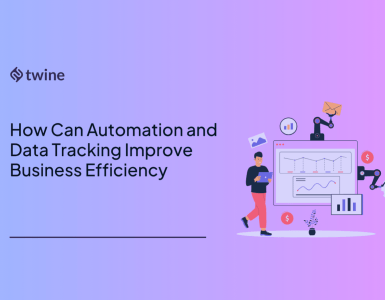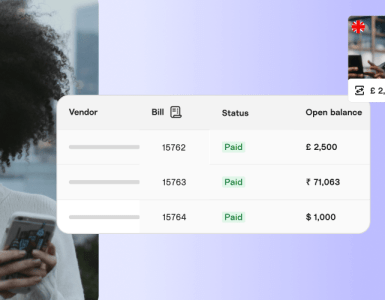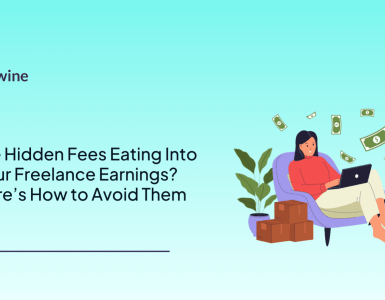If you’re not thinking about how long your crowdfunding campaign will last, you should be. The length of your campaign can seriously impact your chance of success. Too short and it won’t gain momentum. Too long and it’ll lose momentum altogether.
Campaign length differs from platform to platform. Kickstarter lets you choose anywhere from 1 – 60 days. Indiegogo lets you set any amount of time you like. So what’s the best timeframe to choose?

How long should my crowdfunding campaign be?
Clay Herbert from Crowdfundinghacks.com has a definite answer to this question.
“Your project should last 30 days.”
Now, this figure isn’t just plucked from the air. Kickstarter witness its highest success rates when a campaign lasts 30 days or less. But why is this?
Why are long campaigns bad?
You might think that by setting a long timeframe, you’re giving yourself the best possible chance at getting funded. After all, the longer the runway, the more backers can get on board, right? Well, as we’ve seen, the research shows this isn’t the case.
More work, less money
Campaign momentum is highest when it’s first launched and right before it ends. The in-between period can lag. It’s really difficult to keep that sense of urgency going over a long stretch of time. If you give yourself a very long middle period, the chances are your campaign momentum will peter out before you reach the finish line.
This is because backers need urgency to get excited about a campaign. If a project is ending in 60 days’ time, there’s no urgency to pledge. They’re not going to miss out on anything if they decide to donate at a later time. Chances are though, they’ll forget about your campaign and forget to donate.
Campaigns that end sooner are much more likely to secure donations. You need to tap into that FOMO.
There could also be a link between the length of your campaign and the level of confidence felt by backers. A long campaign timeframe could indicate that the creator isn’t confident about reaching their goal quickly. Which is interpreted by backers as a lack of confidence in their idea. Backers will pick up on these subtle signs and bypass your campaign.

More work, less money
Remember, the longer your campaign, the more work you’re making for yourself. Crowdfunding campaigns are very work-intensive. The longer it is, the more time you’ll need to commit to campaigning. You can end up getting frazzled and losing focus which can affect the success of your campaign.
Throughout your campaign you need to be;
- Sourcing new backers and marketing to them
- Sharing your campaign
- Updating backers with your progress
- Updating your campaign page
- Making sure you can deliver your rewards on time
- Creating email lists
- Not to mention actually working on your project
As you can see there’s a lot to take on. Dedicating 60 days to this is a big ask.
Shortening your campaign to 30 days or fewer means less work for you, and a better chance of succeeding and reaching your target. It’s a no-brainer, really.
It’s worth noting that just because your campaign is set to run for 30 days, it doesn’t necessarily mean you will be campaigning for that long. If you’re lucky you could reach your target in less time.
Pre-launch prep
Now, these 30 days don’t take into account all the preparation you’ll need to do before your campaign is launched. And believe us, you need to be thoroughly prepared in order to reach your funding target. This will add a significant amount of time to your overall campaign timeline.
Rushing into creating your campaign is just about the worst thing you can do. Think about the hundreds of other crowdfunding campaigns out there right now, all competing for attention. What’s going to make you stand out against the crowd?
Your campaign (and campaign page in particular) need to be carefully executed. Every last sentence of copy needs to be meticulously crafted and every image painstakingly selected for maximum impact.
You’ll need some assets ready for when you launch your campaign. Don’t launch without them. A comprehensive campaign should include:
- A campaign explainer video. Most well-known crowdfunding sites include a video at the head of their campaign pages – it’s the first thing people will see.
- A good campaign video screenshot. Choose a screenshot from the campaign video that clearly shows off and highlights your product. This will be used as the video cover image, and will probably be shown throughout the crowdfunding site in search results and featured sections.
- Logo and branding for your project. Use consistent brand colours and fonts throughout your campaign for a professional look.
- Product photography. Show off your project with great product photography.
- Heading sections. Graphical headers for each section on your campaign page. They should use your brand colours and font.
- Gifs or short video clips that show your product/idea in use.
- Infographics.
- Data visualisations. Graphs, pie charts, tables etc.
- Calls to action or buttons urging people to donate and share your page.
- Graphical visualisations of the rewards you’ll offer to backers.
- The team. Including pictures of the team behind your campaign can add a real personal touch to your page.
- Campaign copy. Formulate the text that explains what your campaign is and the idea behind it.
- Profile pictures and cover images for social networks.
As you can see there are a lot of assets to prepare in advance. If you’ve got the skills you may be able to make some of them yourself. If not, you should think about hiring a professional freelancer to help you out. There’s a lot to get done, but this is what it takes to launch a successful campaign.
Luckily we wrote this handy guide that lists all the campaign graphics you’ll need.

Hit the campaign trail
After all the prep is done, it’s time to launch your campaign. 30 days is classed as a ‘shorter’ campaign length. But, in actual fact, 30 days is still a big chunk of your time. You can’t set your campaign to live then sit back and watch the donations flood in. You need to be ferociously campaigning day in day out for a whole month. Not an undertaking for the fainthearted.

During this time you’ll need to be:
- Working on your project.
- Creating any new content that can support your campaign such as videos, photo updates, graphics, etc.
- Working out where to find new backers. Networking and seeking introductions to new people.
- Marketing to new backers to encourage them to pledge.
- Updating backers with progress reports, milestones achieved, recent news etc.
- Updating your campaign page.
- Maintaining your various social media channels
- Updating your website or blog (if you’re using these as campaign channels).
- Working on the rewards you’ll give to backers. Making sure these can be achieved in the timeframe you specified.
- Sharing your campaign and asking relevant people to share it too.
After funding
Congratulations! Even now you’ve reached your funding goal, the work’s not over yet. There are still tasks to be done before your campaign can be considered done and dusted. How long this will take depends from project to project.
Essentially, a campaign’s not over until every backer has their hands on your product or idea. If you’ve been good at keeping your backers up to date, you should have already let them know when your product will be available. Otherwise, you’ll have a ton of impatient people on your case. Backers who bought rewards should have these sent out to them in due course too.
Now that your live campaign’s over, don’t stop with the progress updates. Keep sending emails and staying in contact with your backers. They’ll want to know how things are going. Plus, by keeping them on the side, you may be able to call on them again in the future if you ever need to fundraise again.
And of course, don’t forget to thank everyone who helped you reach your goal.
Thinking about launching your own crowdfunding campaign? Read our guide to posting a successful campaign on Kickstarter.



